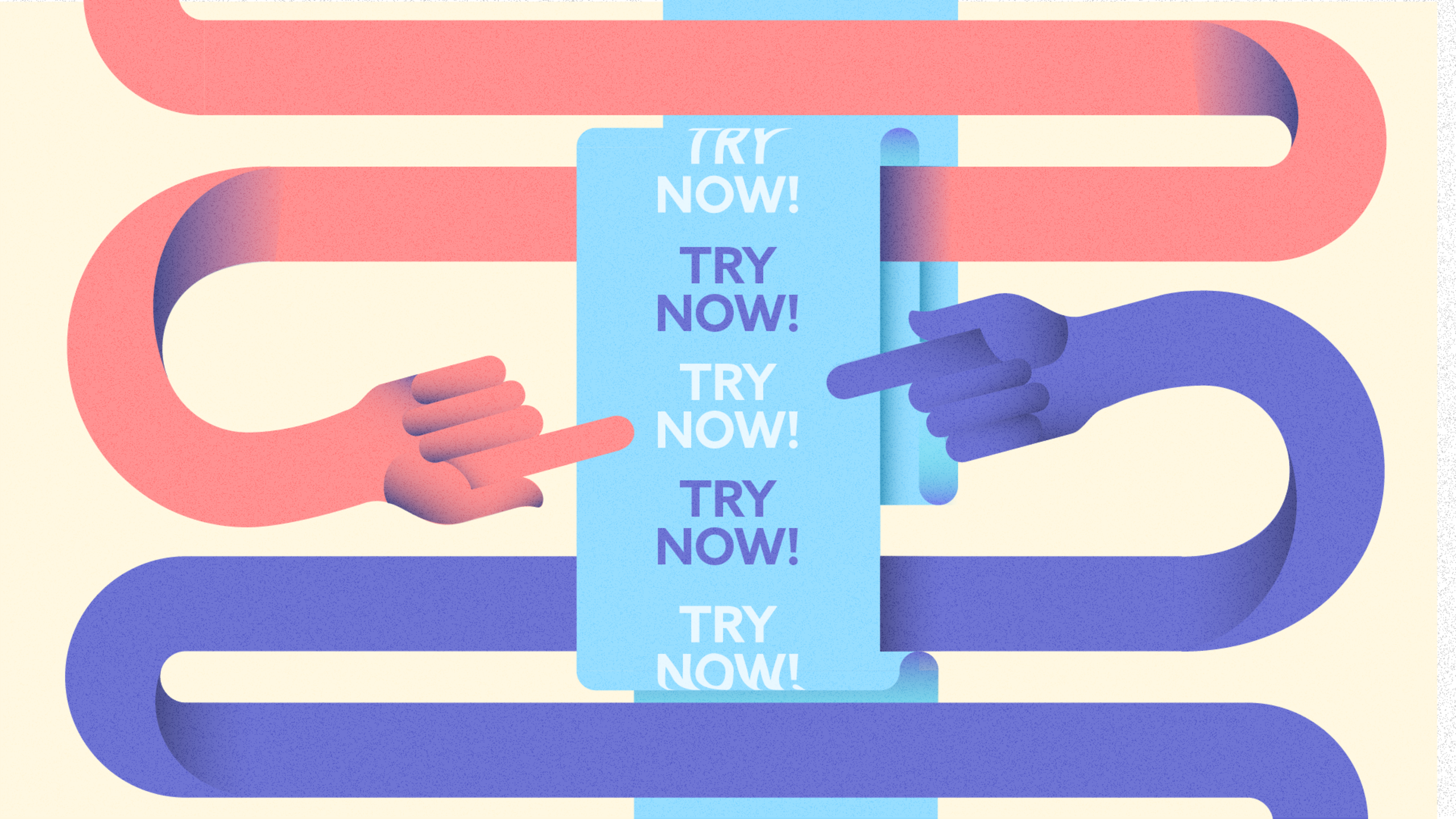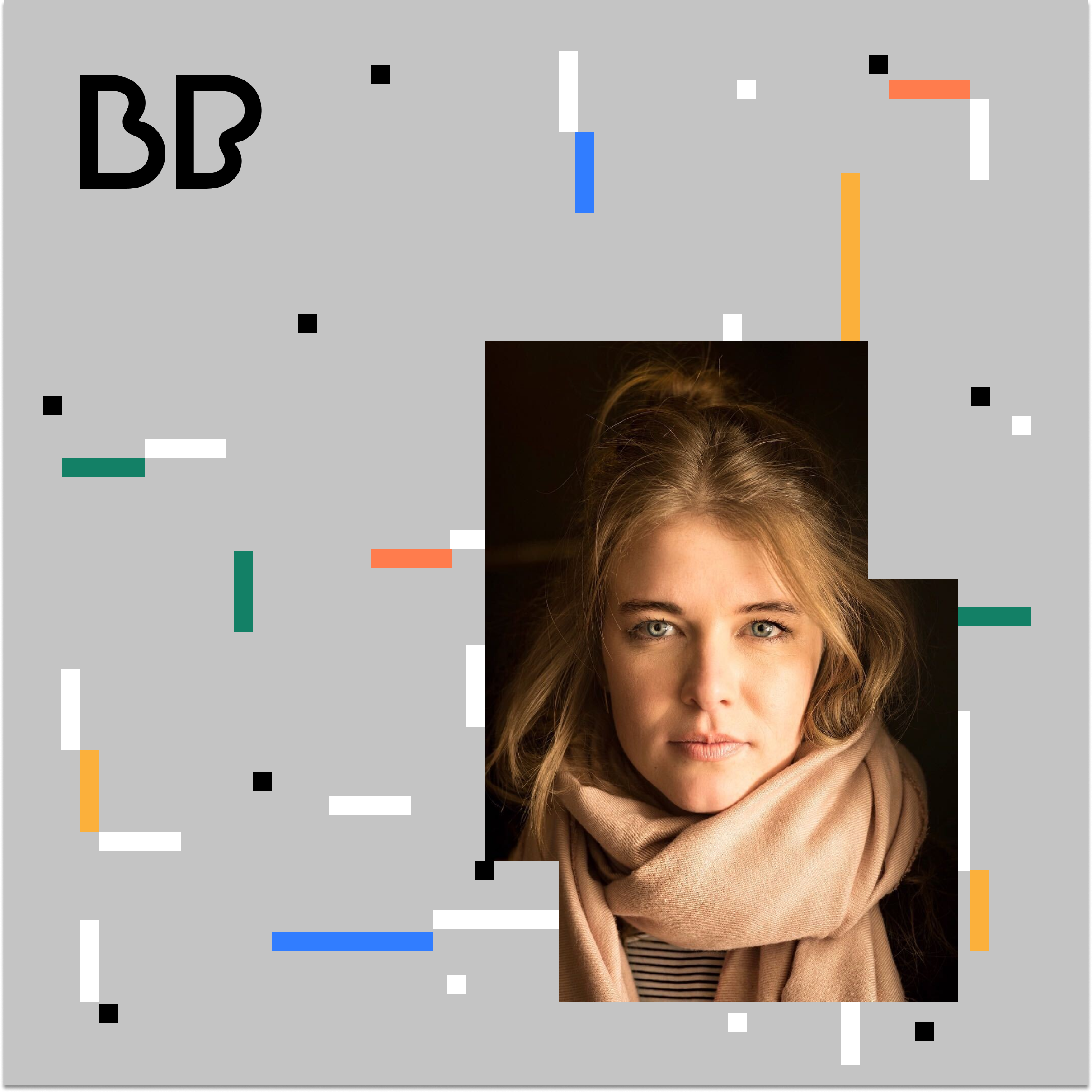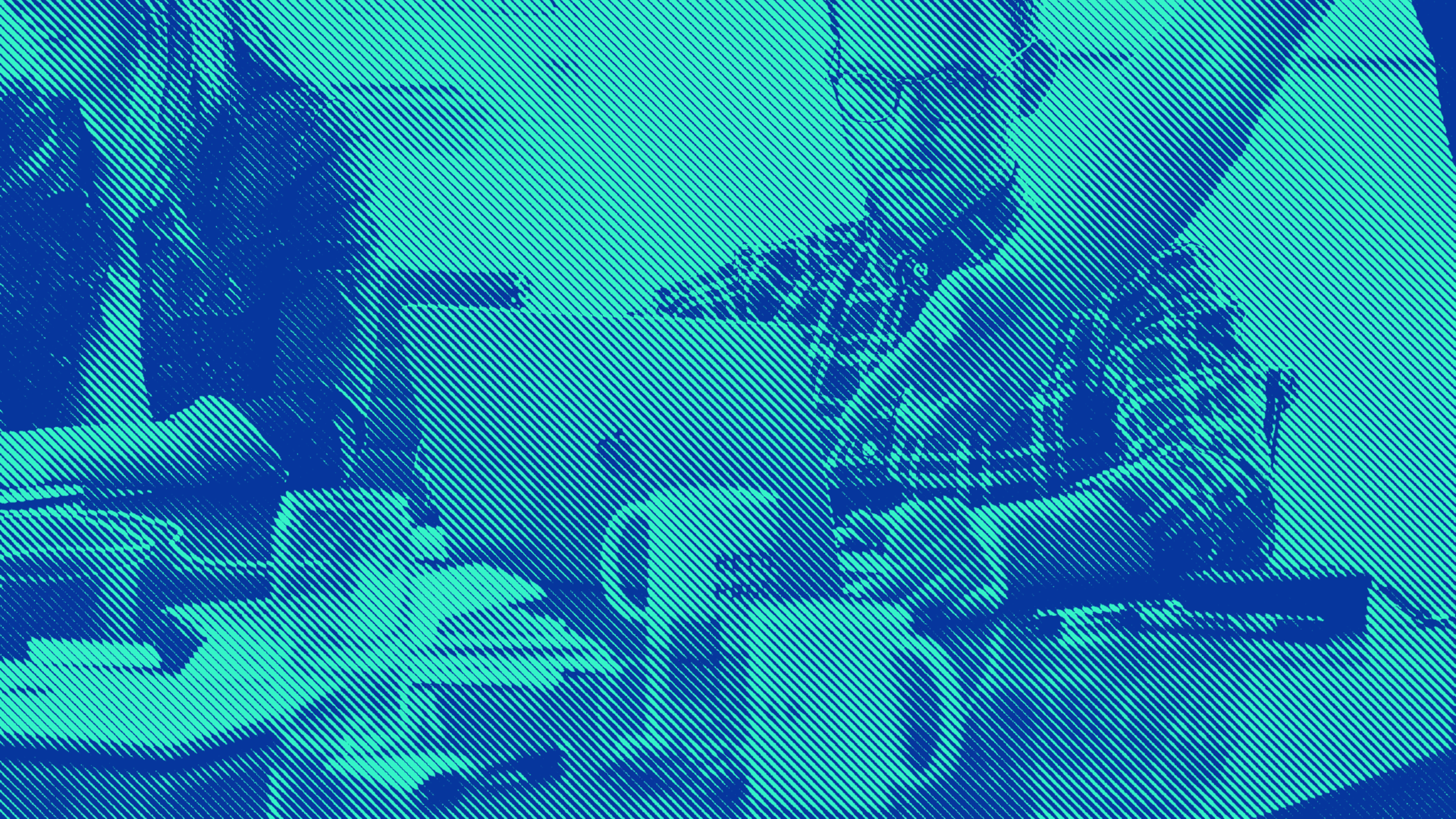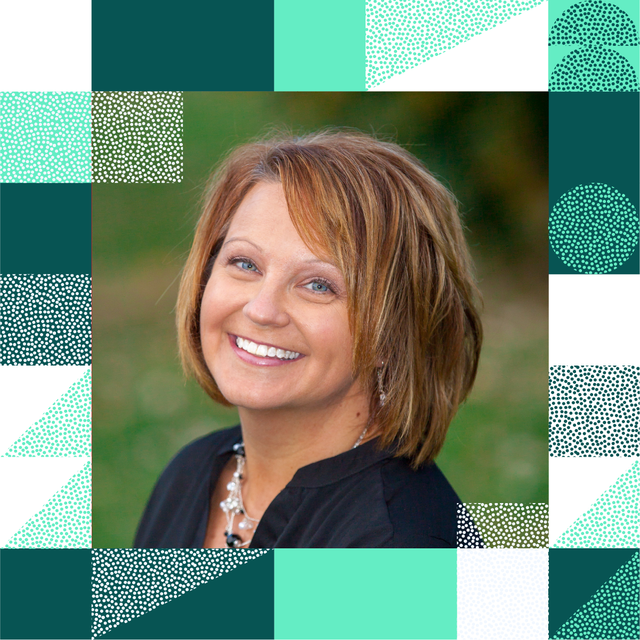
The Social Impact of Product Design with Laura Nunnery, Strava

Have you ever met a product designer with a background in physics? Laura Nunnery, Senior Product Design Lead at Strava, saw an opportunity to apply her scientific knowledge and mindset to the world of product design.
Laura has worked at some of the biggest design-oriented companies that exist today such as TurboTax, Facebook, and Instagram. She joins our series on the business impact of product design to share her perspective on the social impact that product design has on the world.
As Laura shares her story, you’ll hear how she applied her physics background to product design by seeking out ways to simplify complex systems.
Hear from leaders like Laura Nunnery while tapping into the power of an interconnected community of product professionals at betterproduct.community.



